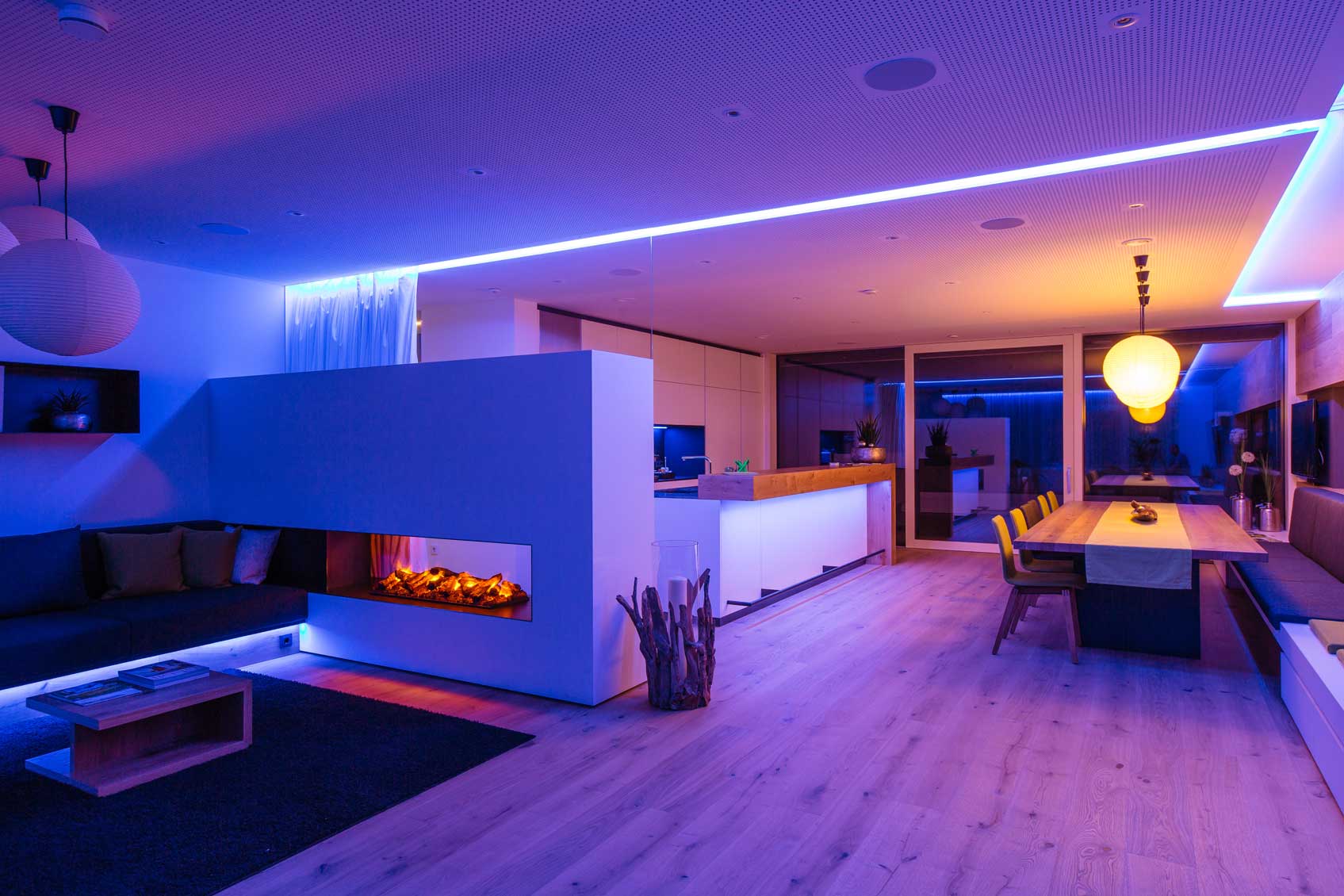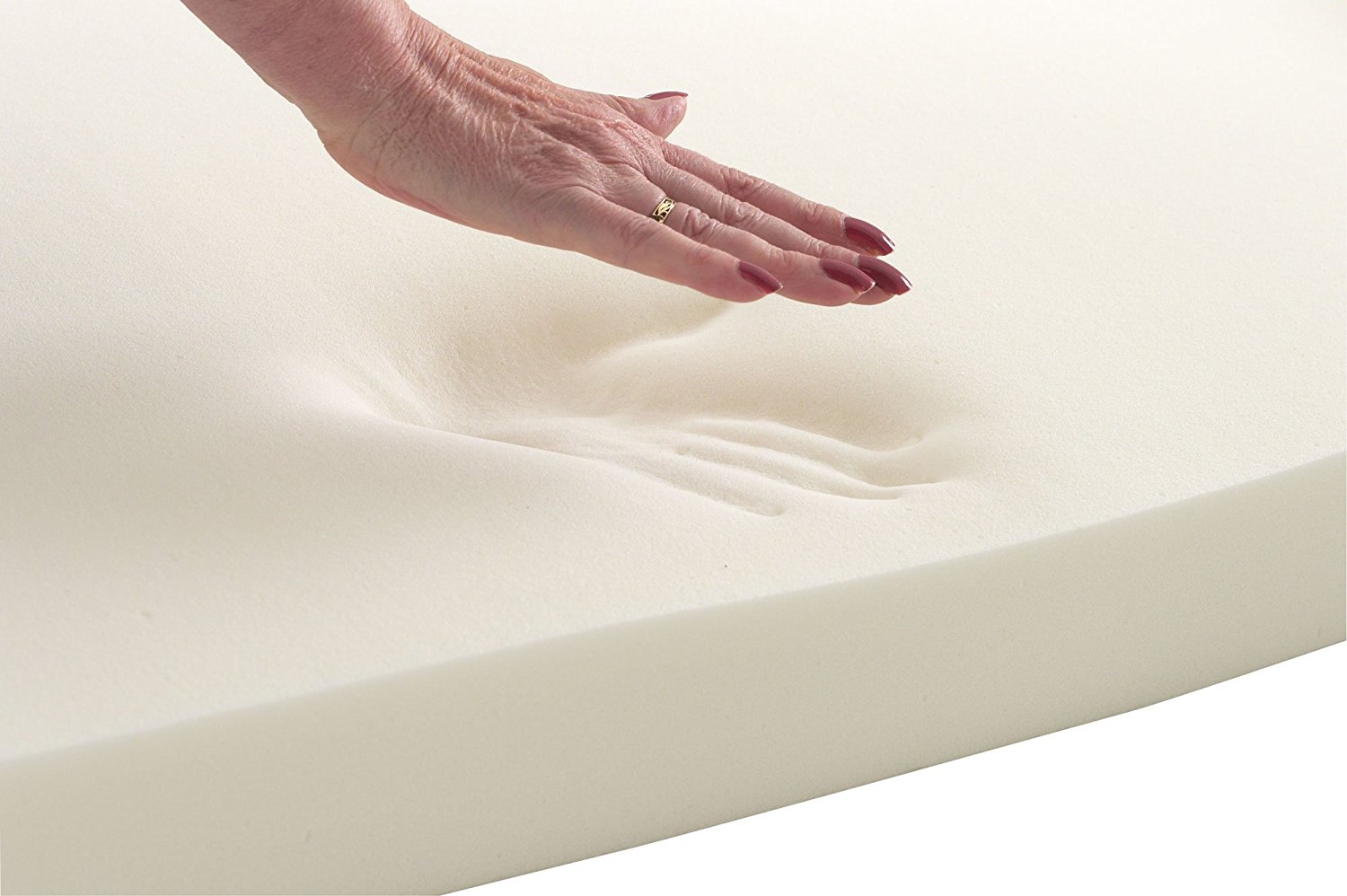When it comes to lighting your living room, wattage plays a crucial role in creating the perfect ambiance. The right wattage can enhance the overall look and feel of your space, making it inviting and comfortable. But with so many options available, it can be overwhelming to choose the right wattage for your living room bulbs. Don't worry, we've got you covered! Here are some tips to help you choose the right wattage for your living room bulbs.How to Choose the Right Wattage for Your Living Room Bulbs
Wattage is a measure of the amount of energy a bulb uses. The higher the wattage, the brighter the light will be. However, it's important to note that wattage does not necessarily equate to brightness. The type of bulb, its color temperature, and the number of lumens also play a role in determining the overall brightness of a room.Understanding Wattage: What it Means for Your Living Room Lighting
When it comes to choosing the right wattage for your living room bulbs, there are a few factors to consider. Firstly, think about the size of your living room. A larger room will require higher wattage bulbs to adequately light up the space. Secondly, consider the purpose of your living room. If it's a room for relaxation and entertainment, you may want to opt for lower wattage bulbs to create a cozy and inviting atmosphere. However, if it's a room for work or reading, higher wattage bulbs may be more suitable.Living Room Lighting: Wattage Guide
The recommended wattage for living room bulbs varies depending on the size and purpose of the room. In general, a living room with an area of 100 square feet would require 1,500-3,000 lumens, which translates to 60-100 watt bulbs. However, this is just a rough estimate and should be adjusted based on your personal preference and the type of bulbs you are using.What is the Recommended Wattage for Living Room Bulbs?
If you want a more accurate calculation of the wattage needed for your living room lighting, you can use this simple formula: multiply the square footage of your living room by 1.5. For example, if your living room is 200 square feet, you would need approximately 300 watts of light. This calculation takes into account the average amount of light needed for a room and can be adjusted based on your specific preferences.How to Calculate the Wattage Needed for Your Living Room Lighting
While wattage is a measure of the amount of energy a bulb uses, lumens measure the actual brightness of a bulb. The higher the lumens, the brighter the light will be. When choosing bulbs for your living room, it's important to strike a balance between wattage and lumens. A bulb with a lower wattage but higher lumens can still provide adequate brightness while using less energy.Living Room Lighting: Wattage vs. Lumens
Aside from the size and purpose of your living room, there are a few other tips and tricks to consider when choosing the right bulb wattage. First, consider the color temperature of the bulbs. Bulbs with a cooler color temperature (measured in Kelvin) tend to be brighter, while bulbs with a warmer color temperature can create a more cozy and inviting atmosphere. Secondly, consider using dimmable bulbs so you can adjust the light level to your liking. And lastly, don't be afraid to mix and match different wattages to create a layered and dynamic lighting effect in your living room.Choosing the Right Bulb Wattage for Your Living Room: Tips and Tricks
In addition to creating the perfect ambiance, it's important to consider energy efficiency when choosing the right wattage for your living room bulbs. Opting for lower wattage bulbs not only saves energy but also reduces your electricity bill. You can also consider investing in energy-efficient bulbs, such as LEDs, which use significantly less energy and have a longer lifespan than traditional incandescent bulbs.Living Room Lighting: Wattage and Energy Efficiency
Ultimately, the ideal wattage for your living room bulbs will depend on your personal preferences and the specific characteristics of your living room. Experiment with different wattages, color temperatures, and types of bulbs to find the perfect combination that suits your space and enhances your living room's overall look and feel.How to Determine the Ideal Wattage for Your Living Room Bulbs
Lastly, don't forget about the mood-setting aspect of wattage when it comes to your living room lighting. As mentioned earlier, lower wattage bulbs can create a cozy and intimate atmosphere, while higher wattage bulbs can provide a brighter and more energizing feel. Consider the mood you want to set in your living room and choose the wattage accordingly. In conclusion, choosing the right wattage for your living room bulbs involves considering factors such as room size, purpose, color temperature, and energy efficiency. With these tips and tricks, you can create the perfect lighting for your living room that not only illuminates the space but also enhances its overall ambiance. So go ahead and experiment with different wattages to find the perfect fit for your living room!Living Room Lighting: Wattage and Mood Setting
The Importance of Choosing the Right Wattage for Your Living Room Bulb
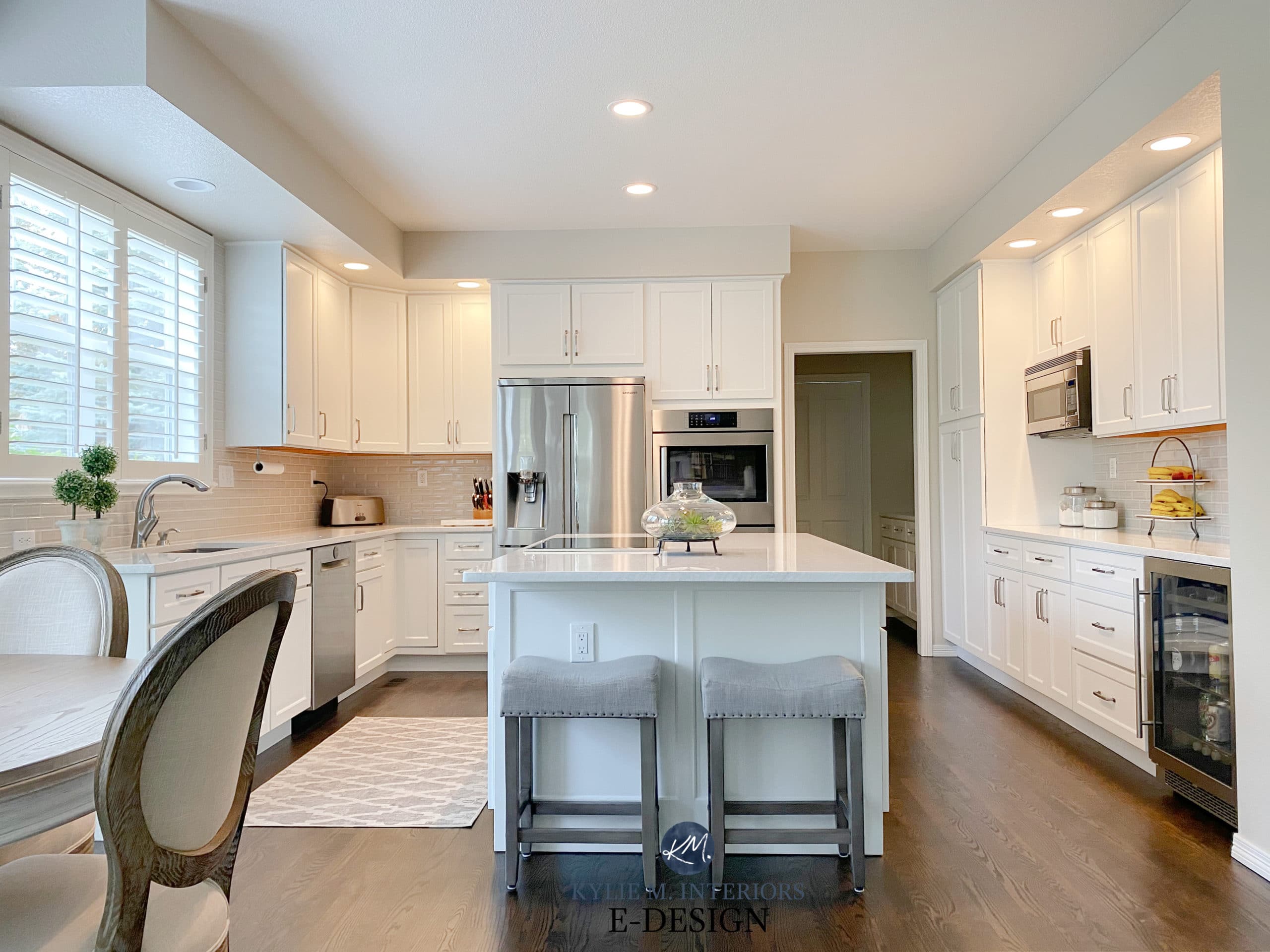
The Impact of Wattage on Your Living Room Design
 When it comes to designing your living room, the lighting plays a crucial role in creating the perfect ambiance. Not only does it affect the overall aesthetic of the room, but it also has a significant impact on the functionality of the space. The
wattage of your living room bulb
is an essential factor to consider when determining the lighting for your space.
When it comes to designing your living room, the lighting plays a crucial role in creating the perfect ambiance. Not only does it affect the overall aesthetic of the room, but it also has a significant impact on the functionality of the space. The
wattage of your living room bulb
is an essential factor to consider when determining the lighting for your space.
The Right Wattage for Your Living Room
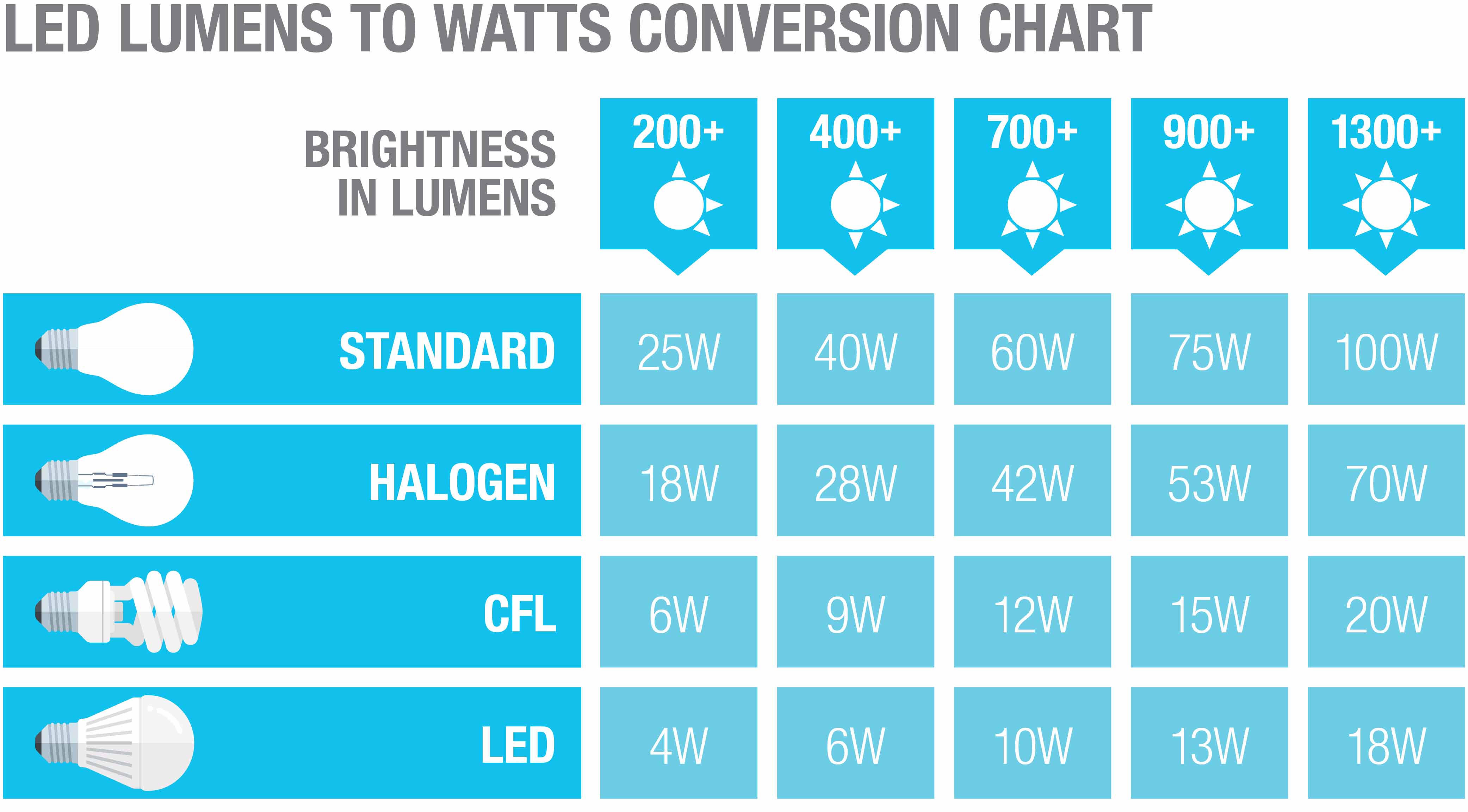 The wattage of a bulb refers to the amount of power it consumes and the amount of light it emits.
Choosing the right wattage for your living room
is crucial for creating the desired atmosphere. Too low of a wattage can result in a dim and dull space, while too high of a wattage can be harsh and overwhelming.
The general rule of thumb for living room lighting is to have a combination of different wattages to layer the light and create depth in the room.
For the main overhead light
, a
higher wattage
can be used to provide ample lighting for tasks and activities such as reading or watching TV. However, for
accent or mood lighting
, lower wattages can be used to create a cozy and inviting atmosphere.
The wattage of a bulb refers to the amount of power it consumes and the amount of light it emits.
Choosing the right wattage for your living room
is crucial for creating the desired atmosphere. Too low of a wattage can result in a dim and dull space, while too high of a wattage can be harsh and overwhelming.
The general rule of thumb for living room lighting is to have a combination of different wattages to layer the light and create depth in the room.
For the main overhead light
, a
higher wattage
can be used to provide ample lighting for tasks and activities such as reading or watching TV. However, for
accent or mood lighting
, lower wattages can be used to create a cozy and inviting atmosphere.
The Benefits of Choosing the Right Wattage
 Selecting the right wattage for your living room bulb not only affects the overall look and feel of the room but also has practical benefits.
Using the correct wattage
can help save energy and lower your electricity bill. It can also prolong the lifespan of your bulbs, as using a wattage that is too high can cause them to burn out quicker.
Additionally,
choosing the right wattage
can also have an impact on your health and well-being. Harsh lighting from high wattage bulbs can cause eye strain and headaches, while dim lighting from low wattage bulbs can make it difficult to see and perform tasks effectively.
Selecting the right wattage for your living room bulb not only affects the overall look and feel of the room but also has practical benefits.
Using the correct wattage
can help save energy and lower your electricity bill. It can also prolong the lifespan of your bulbs, as using a wattage that is too high can cause them to burn out quicker.
Additionally,
choosing the right wattage
can also have an impact on your health and well-being. Harsh lighting from high wattage bulbs can cause eye strain and headaches, while dim lighting from low wattage bulbs can make it difficult to see and perform tasks effectively.
In Conclusion
 In conclusion,
selecting the right wattage for your living room bulb
is crucial for creating a well-designed and functional space. It is essential to consider the different types of lighting needed for various purposes and use a combination of wattages to achieve the desired effect. Not only does it affect the overall aesthetic of the room, but it also has practical benefits and can impact your health and well-being. Take the time to carefully choose the wattage for your living room bulb, and you will see the significant difference it can make in your home.
In conclusion,
selecting the right wattage for your living room bulb
is crucial for creating a well-designed and functional space. It is essential to consider the different types of lighting needed for various purposes and use a combination of wattages to achieve the desired effect. Not only does it affect the overall aesthetic of the room, but it also has practical benefits and can impact your health and well-being. Take the time to carefully choose the wattage for your living room bulb, and you will see the significant difference it can make in your home.





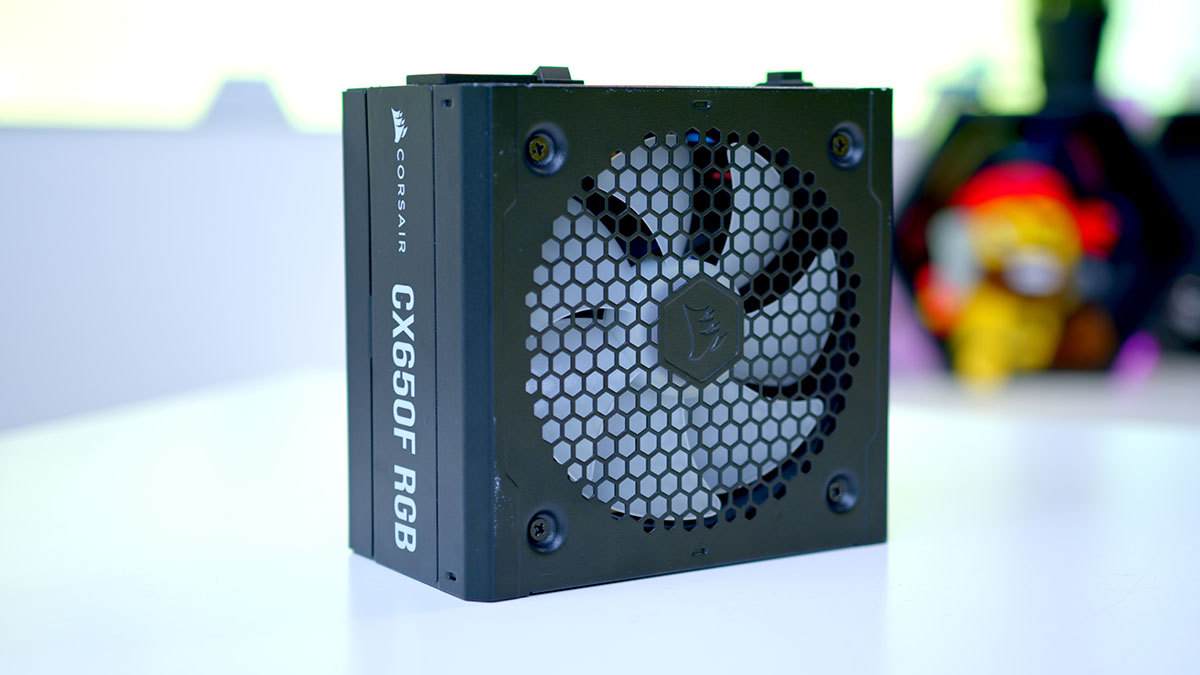





/living-room-lighting-ideas-4134256-01-2f070b6071444f1197ad5ca56d9e6678.jpg)


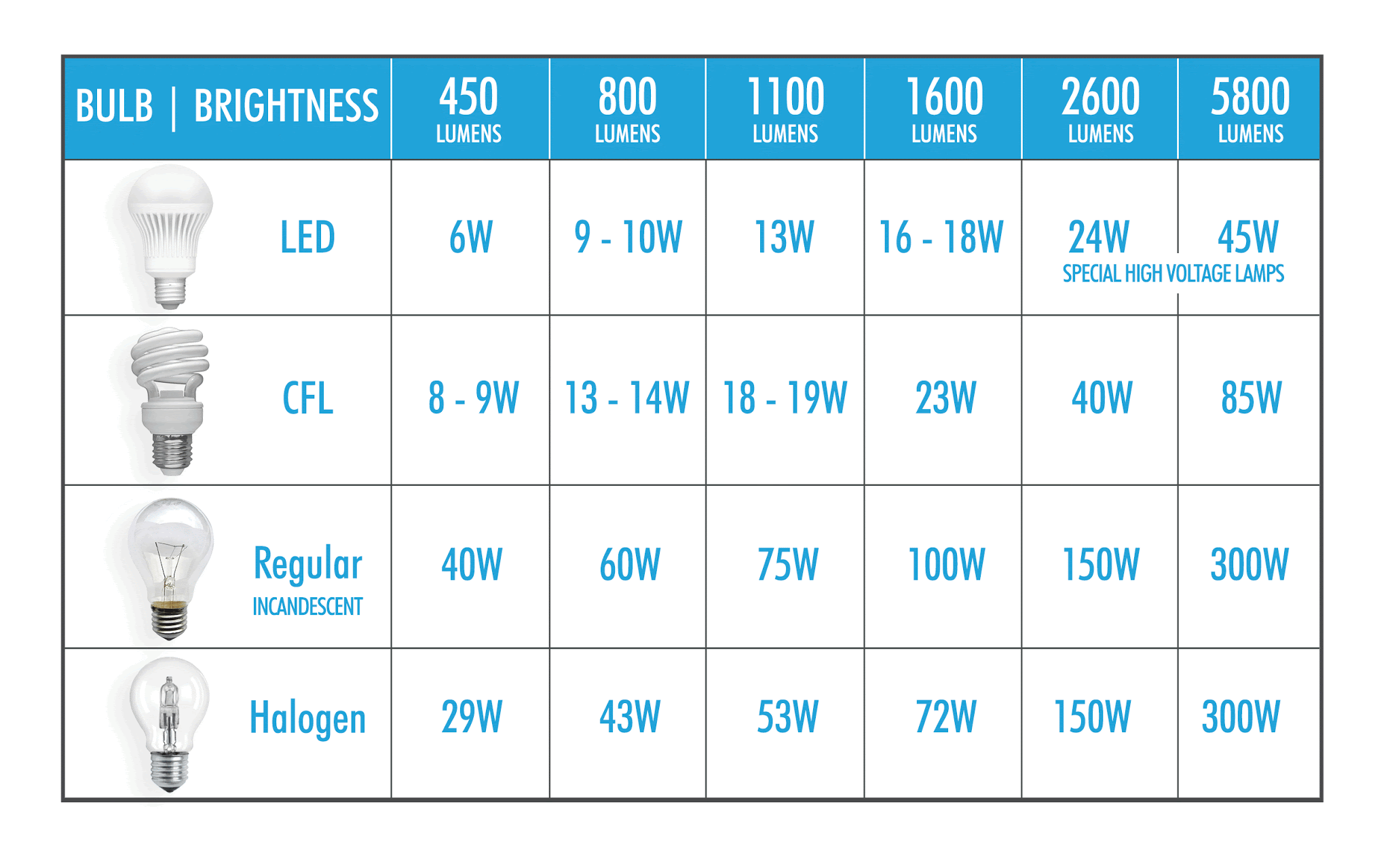



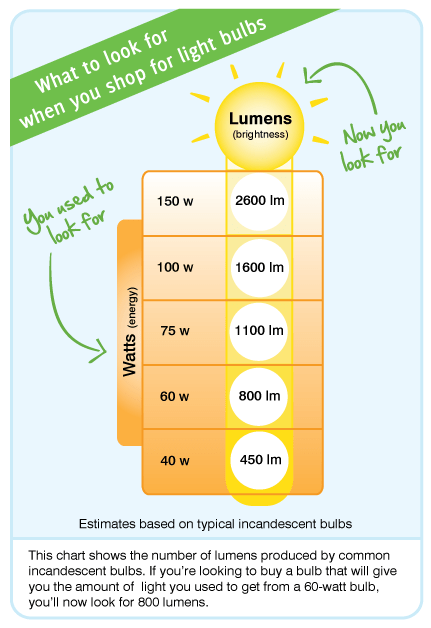
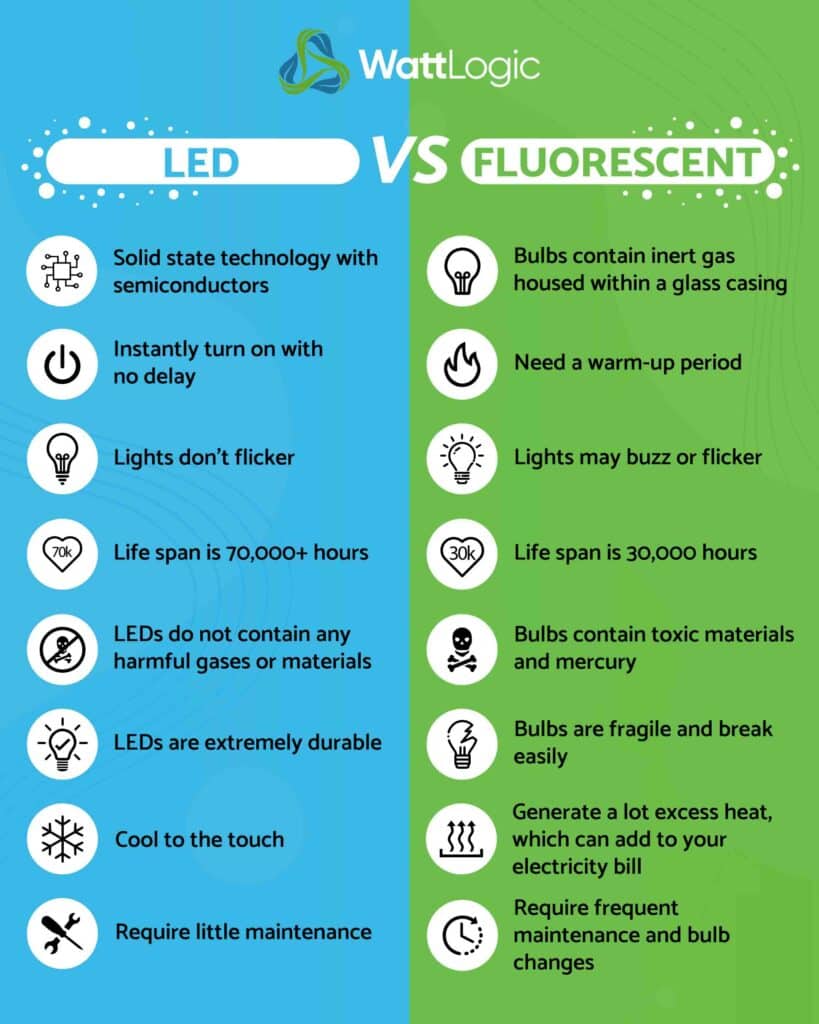

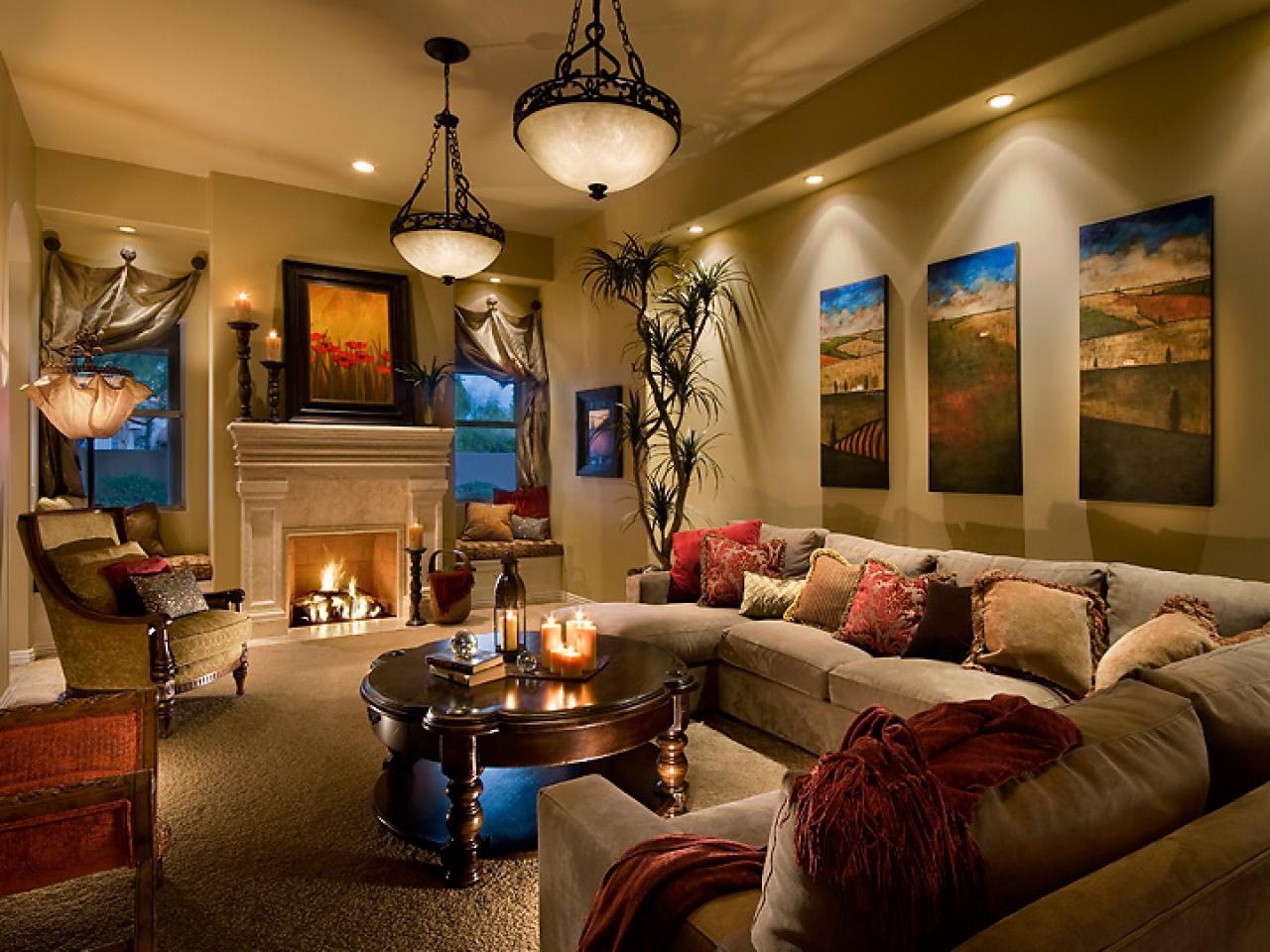



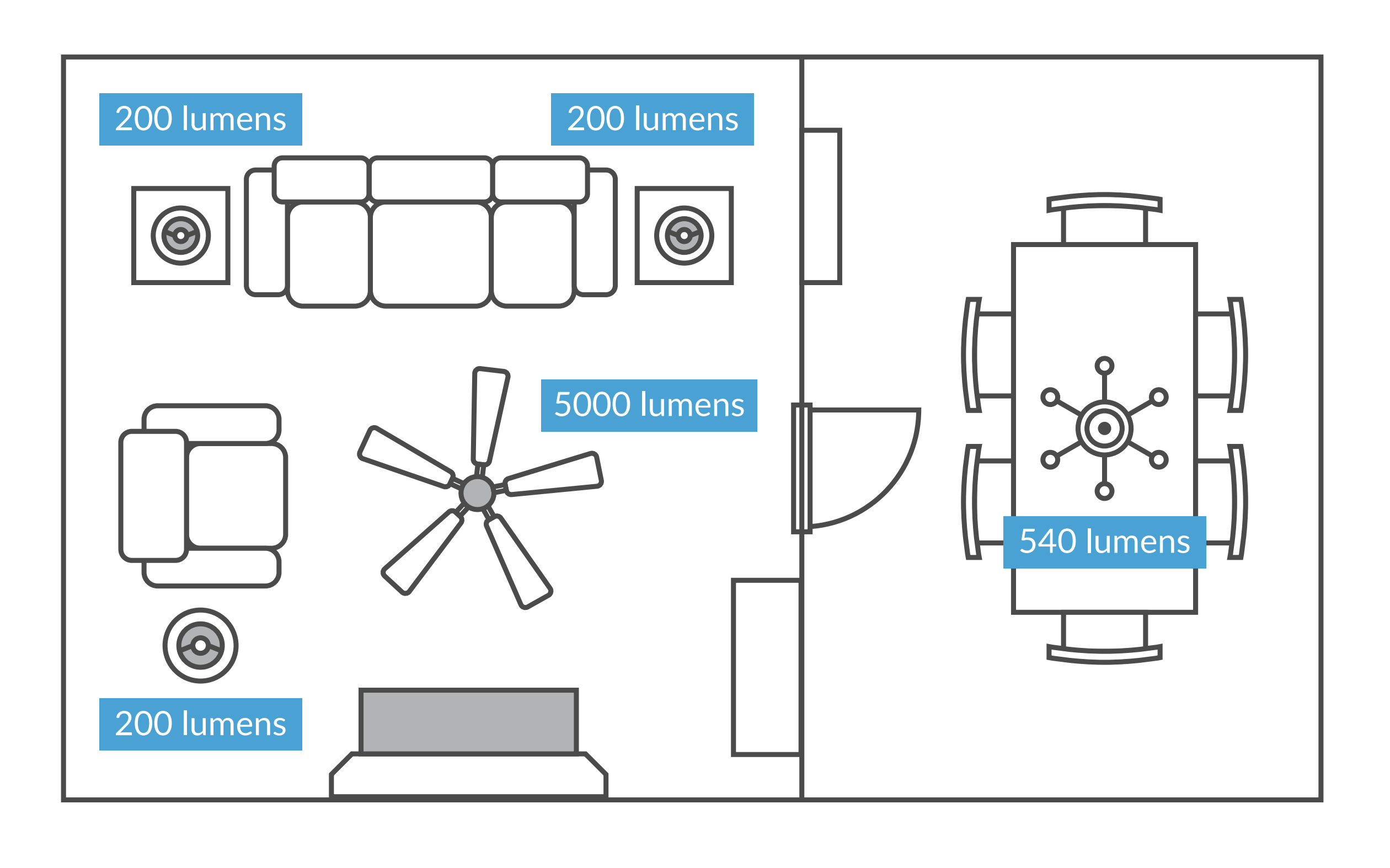
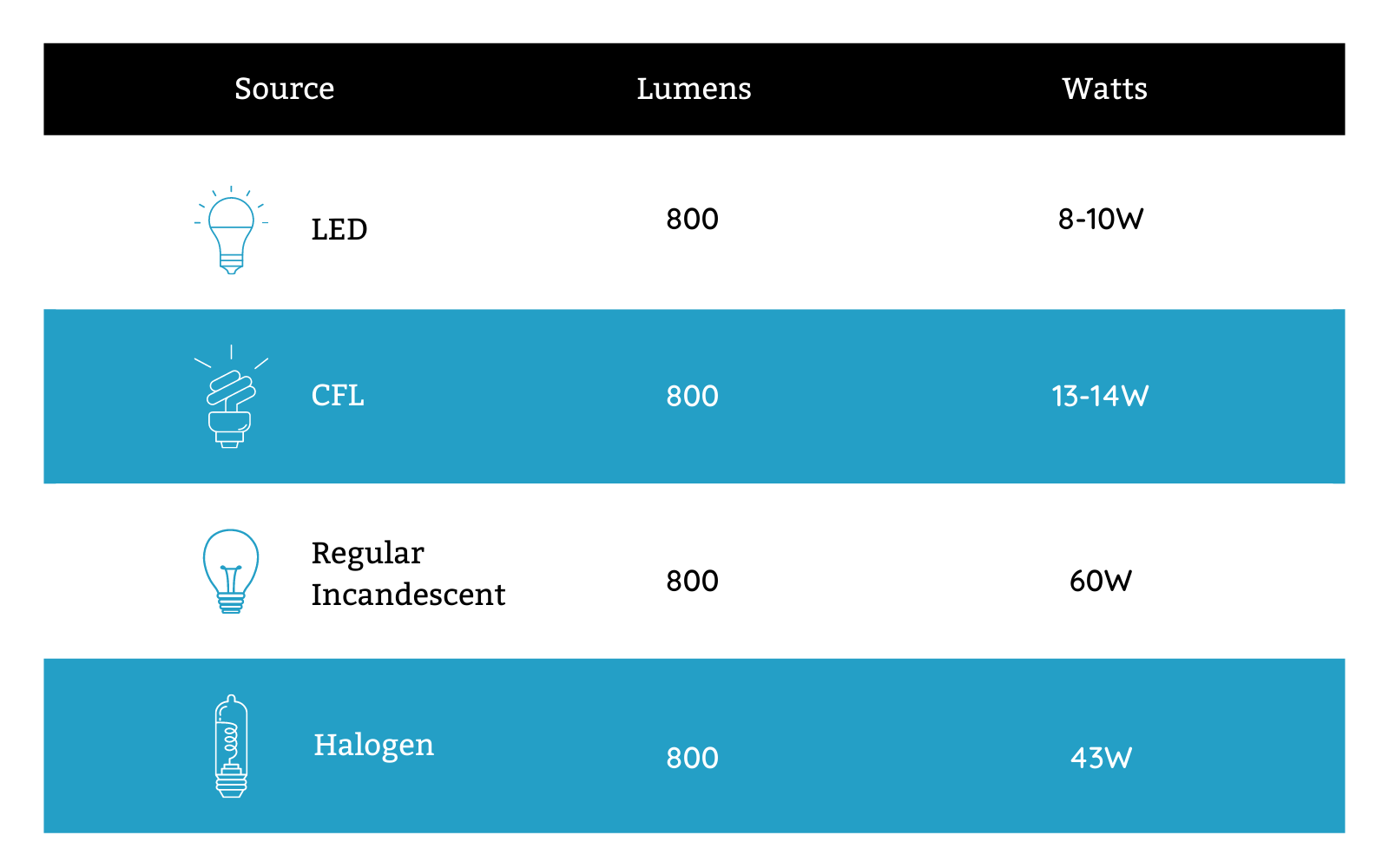


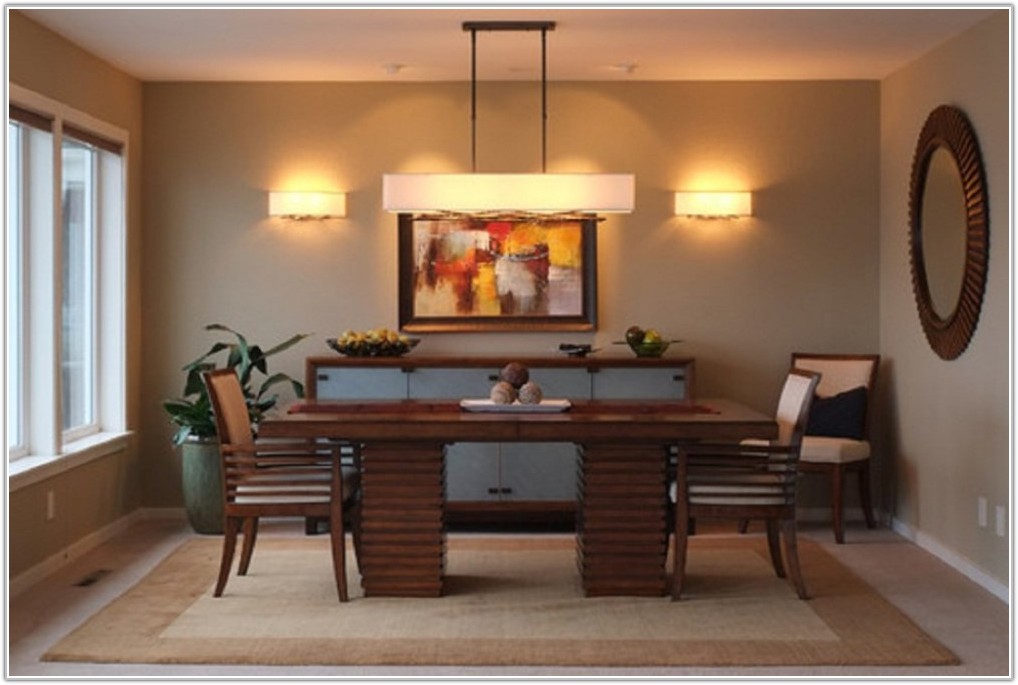
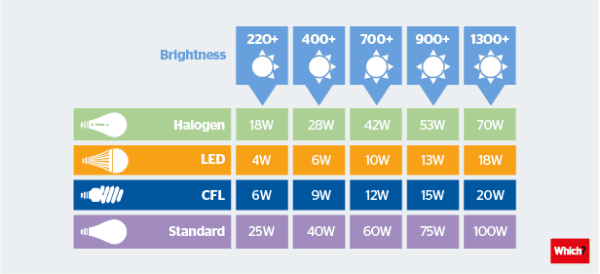






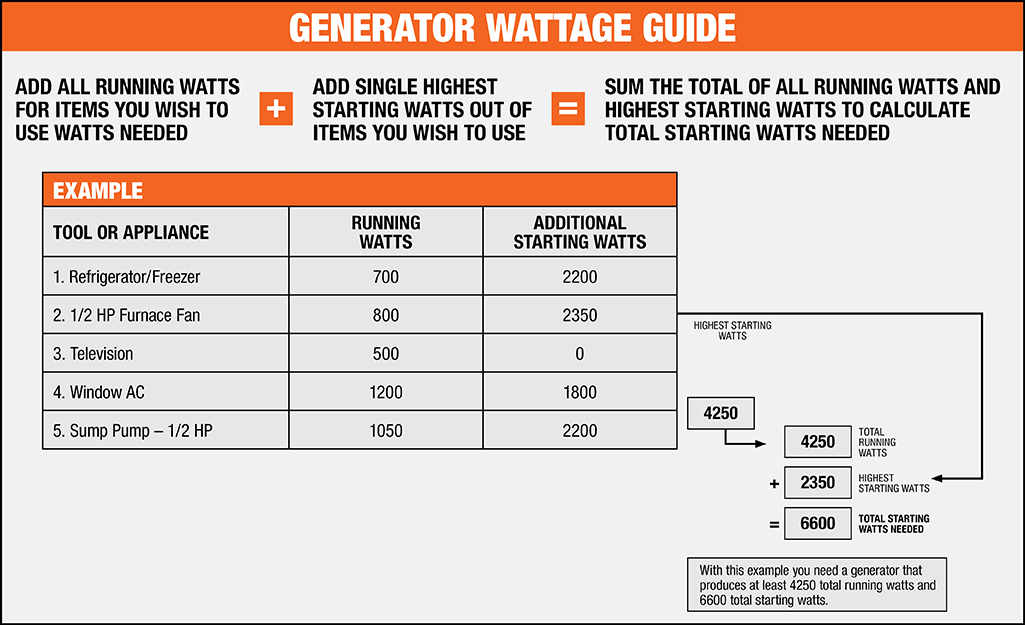
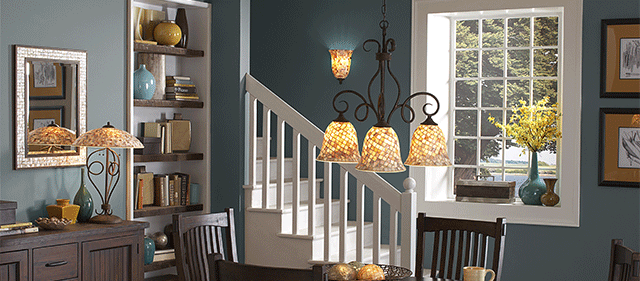





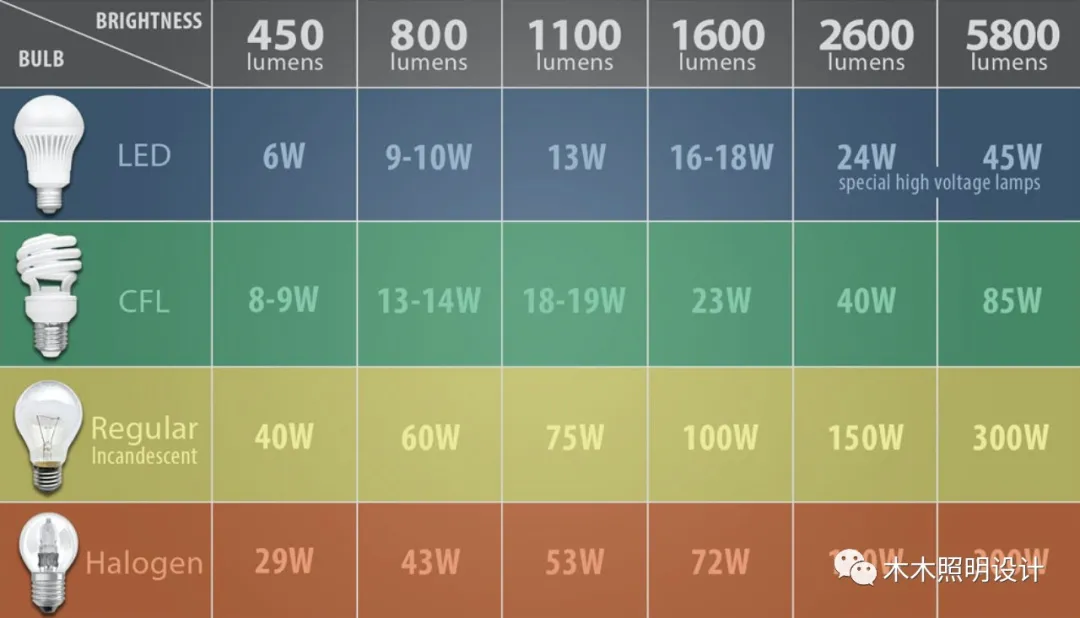




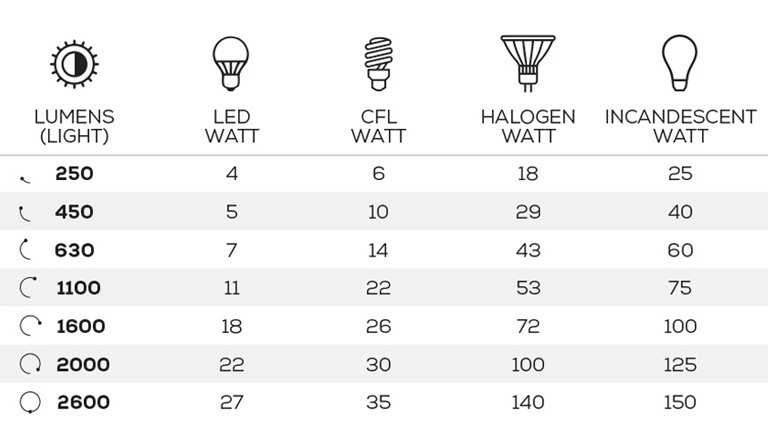

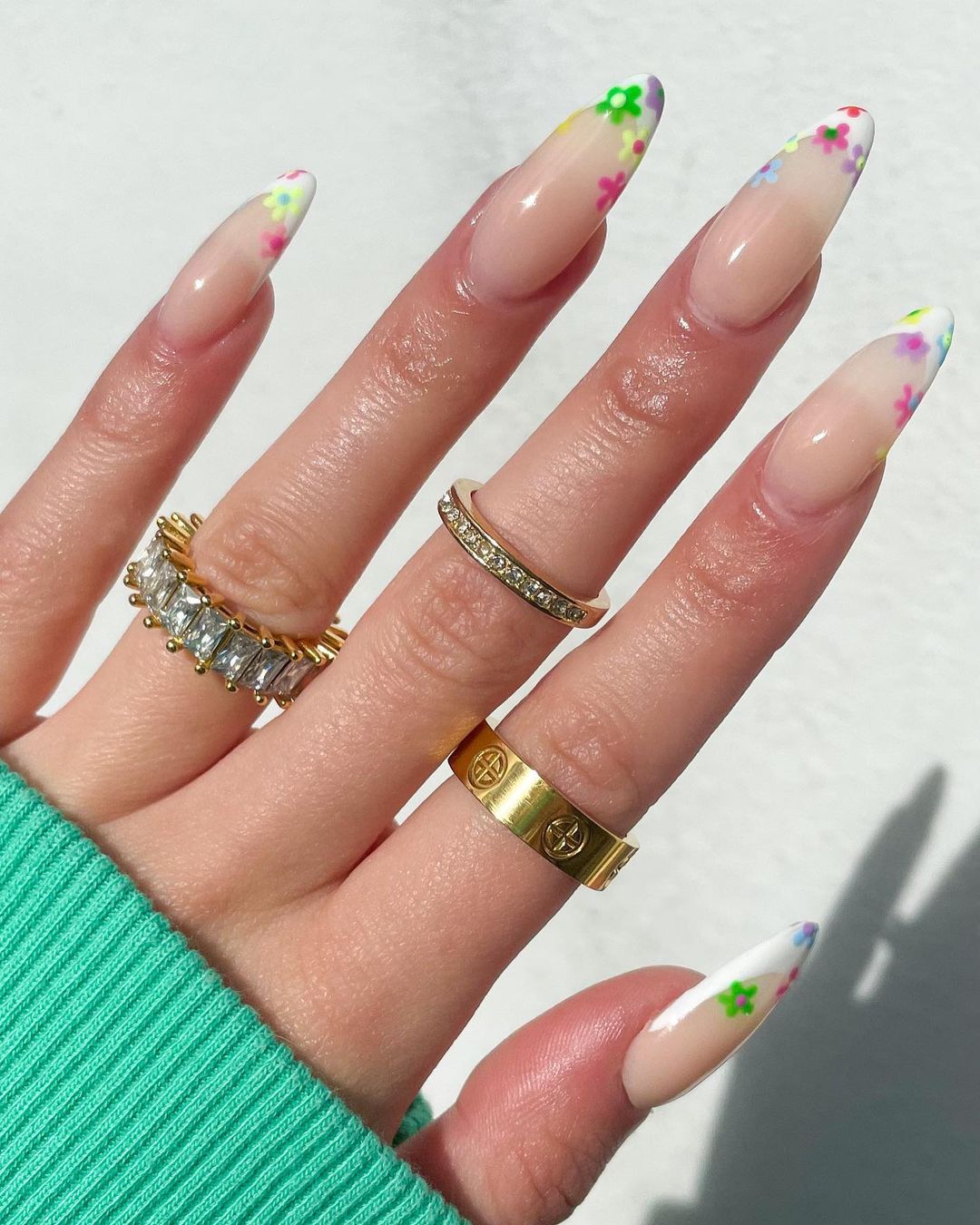



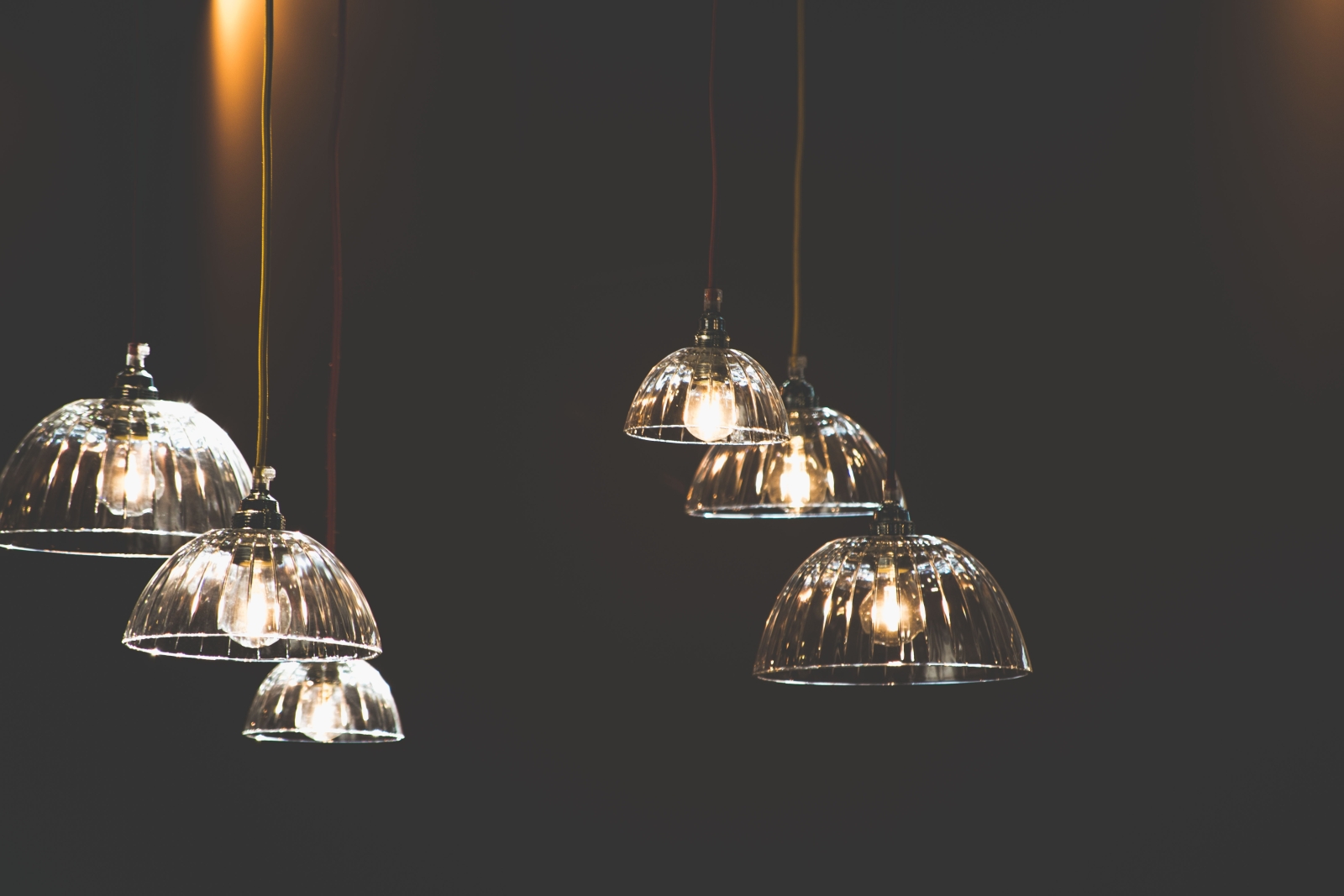

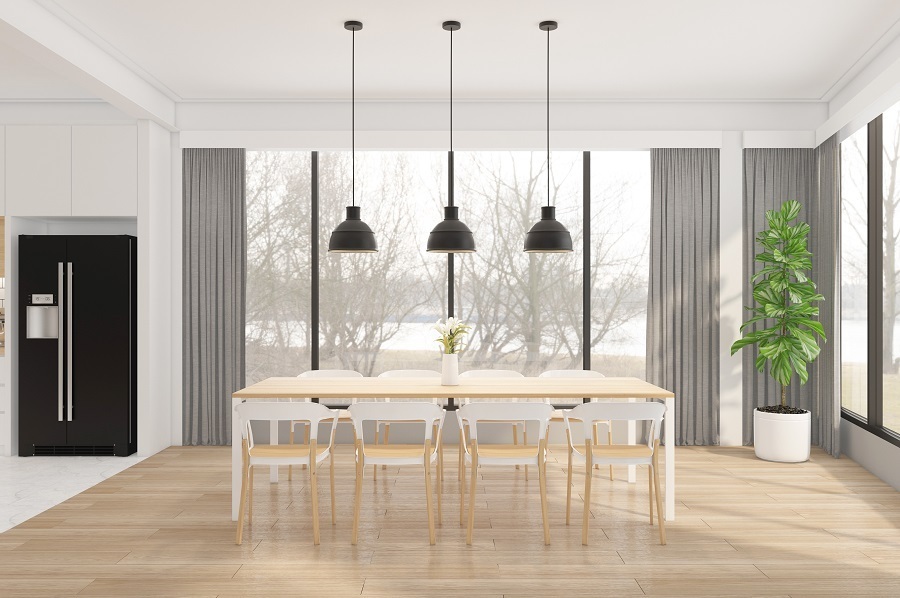






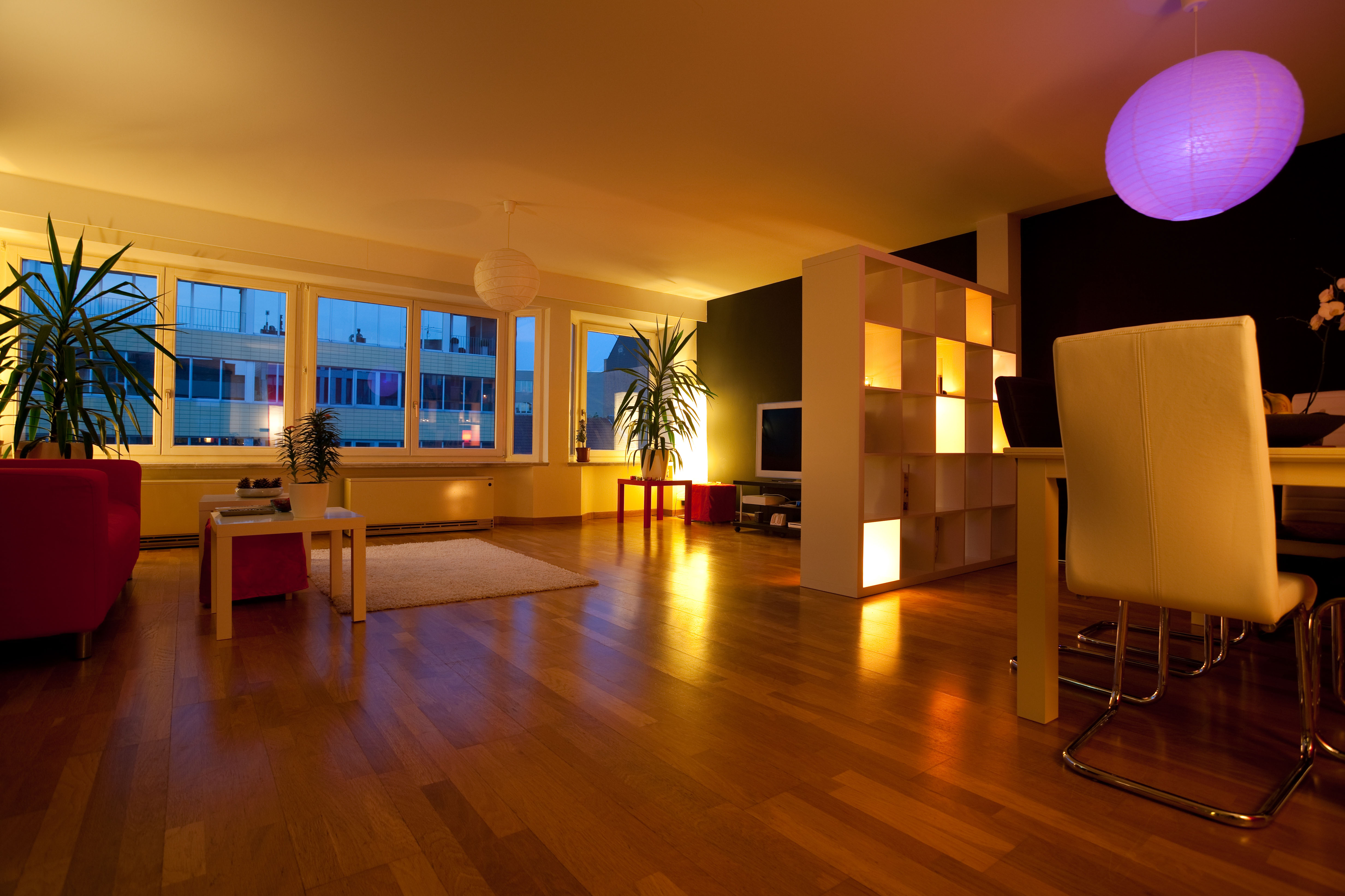
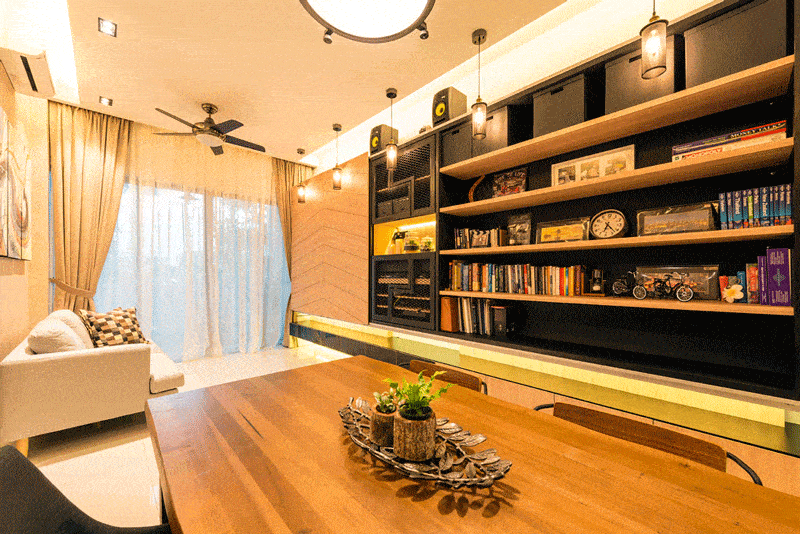
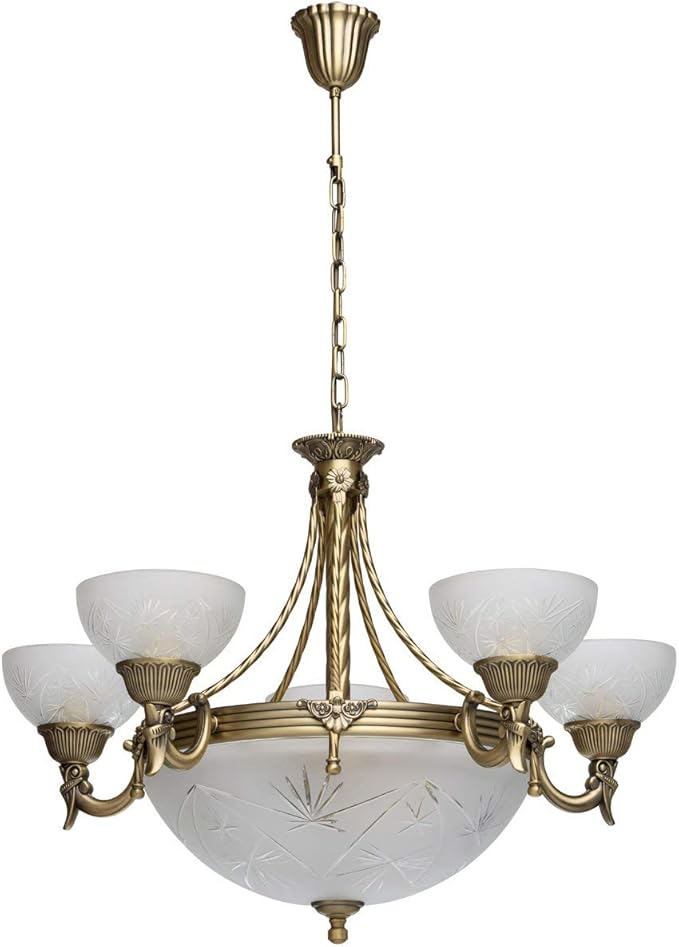
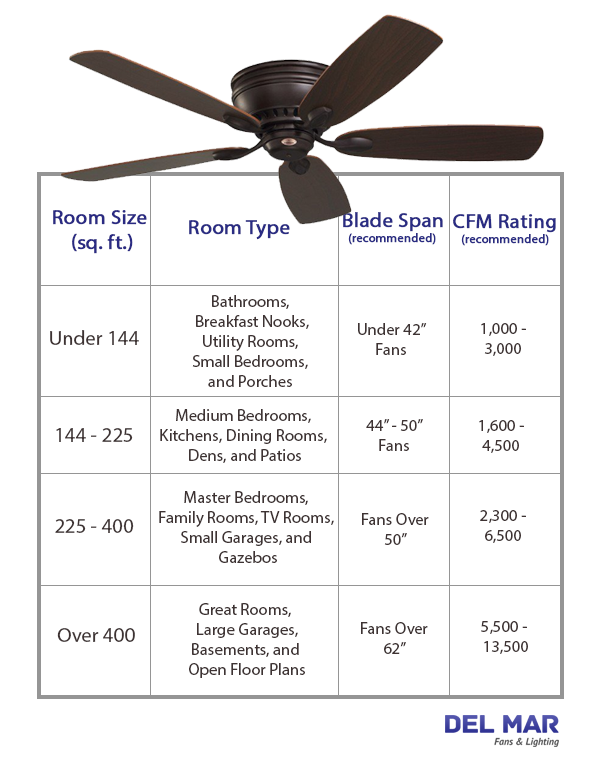
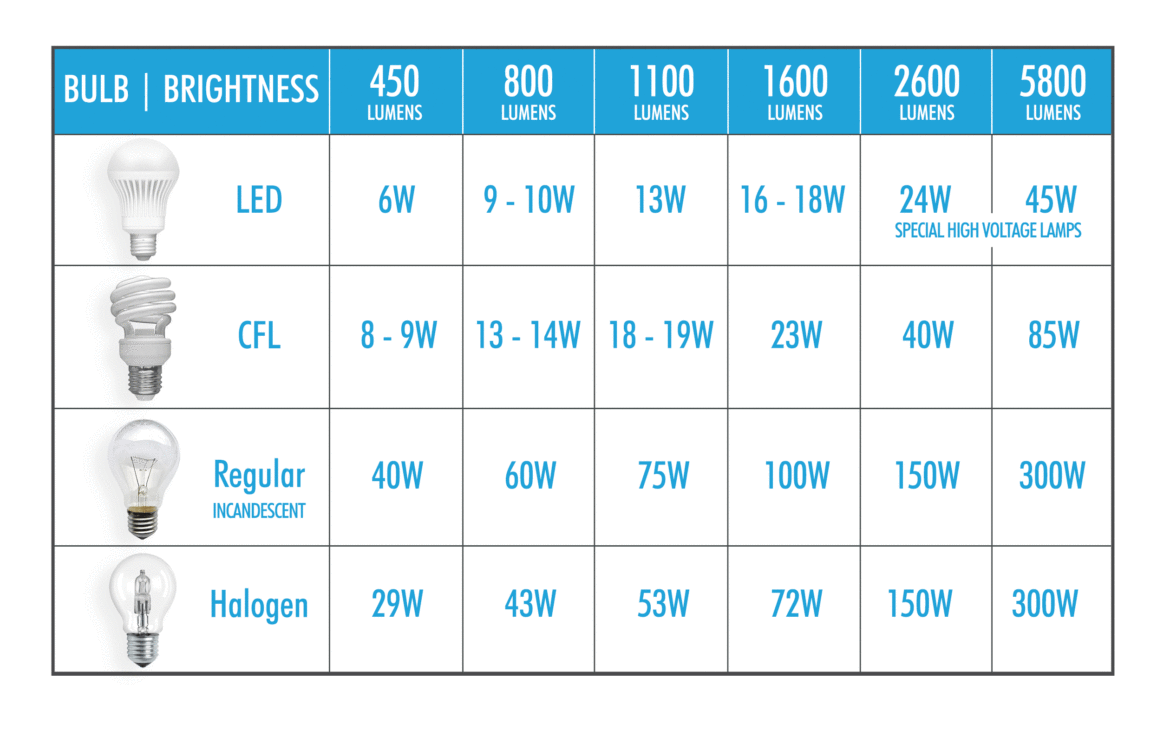

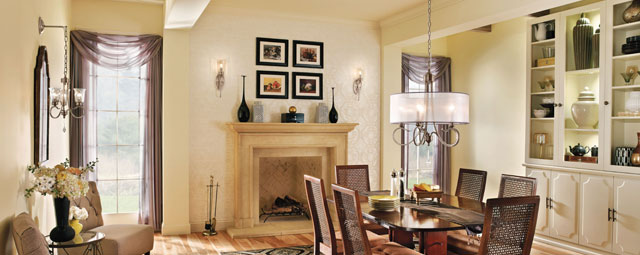


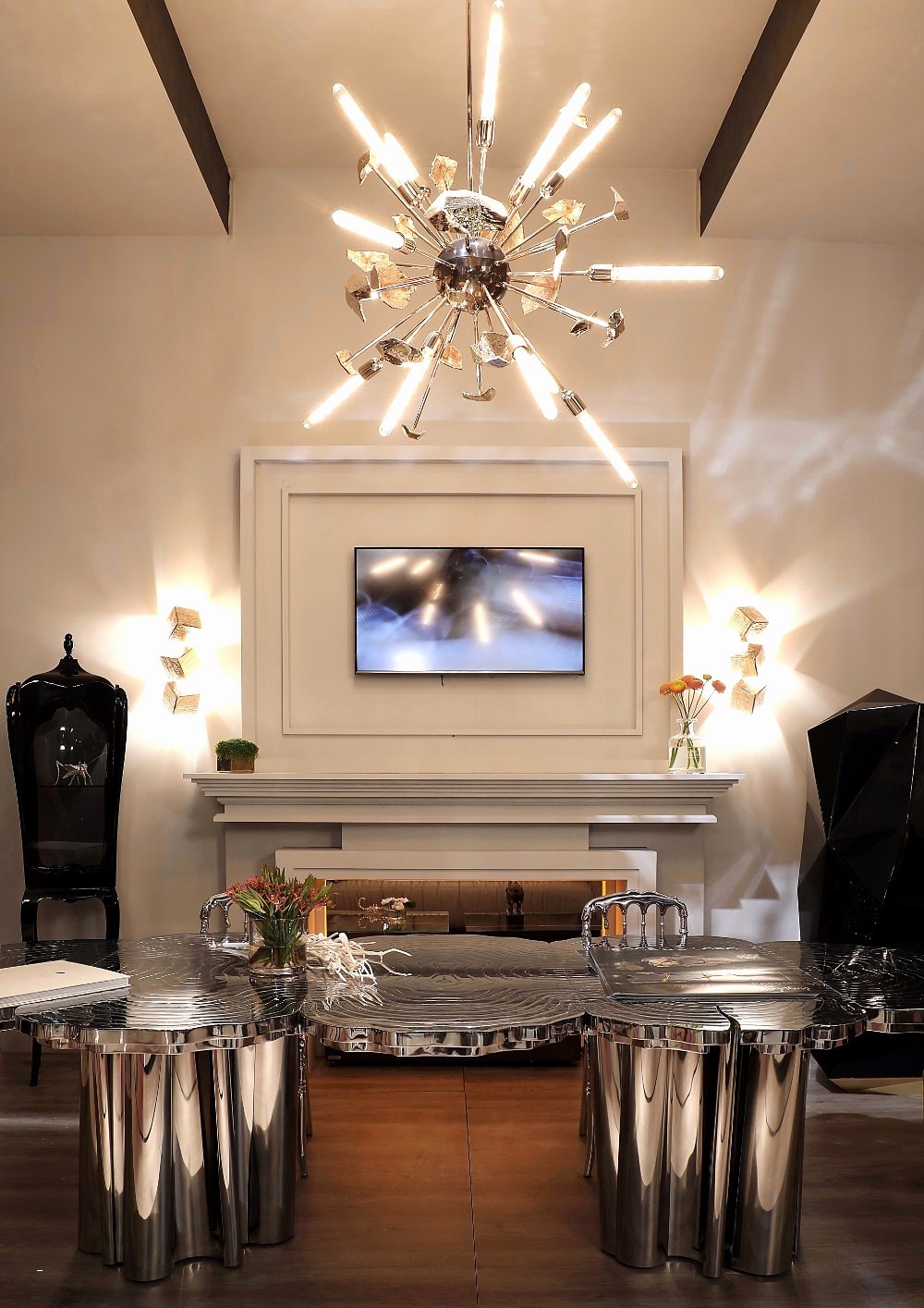

:max_bytes(150000):strip_icc()/0-09231d4cdeac4dd2ba8b3a1f30ecff23.jpg)




